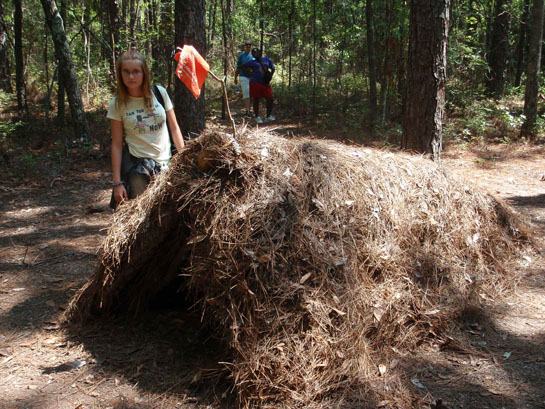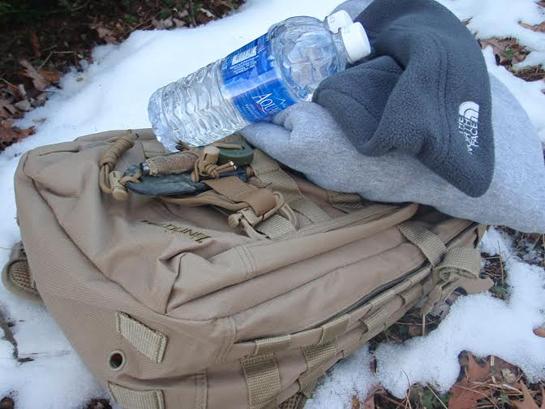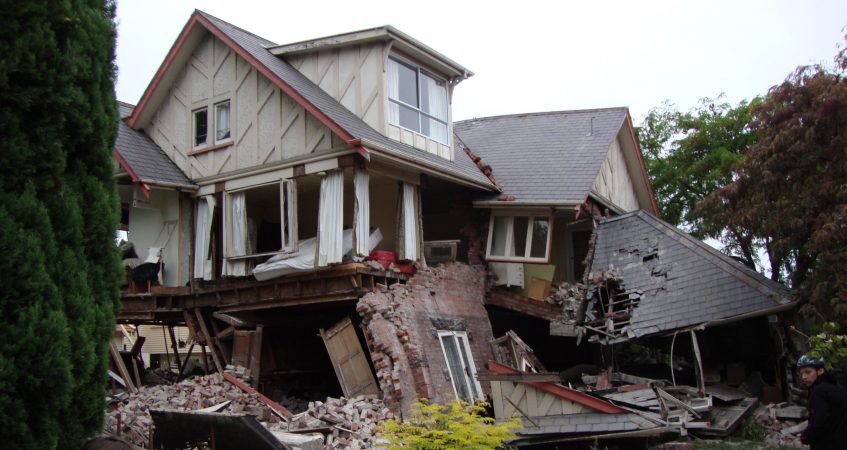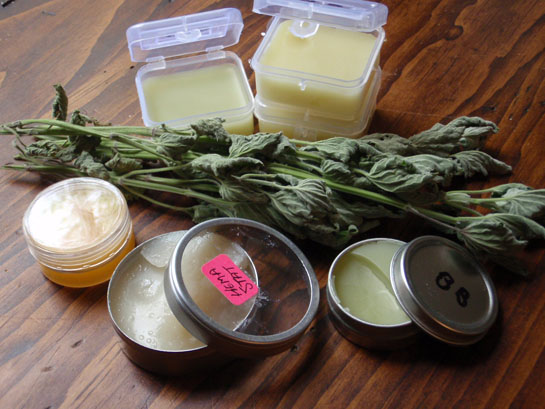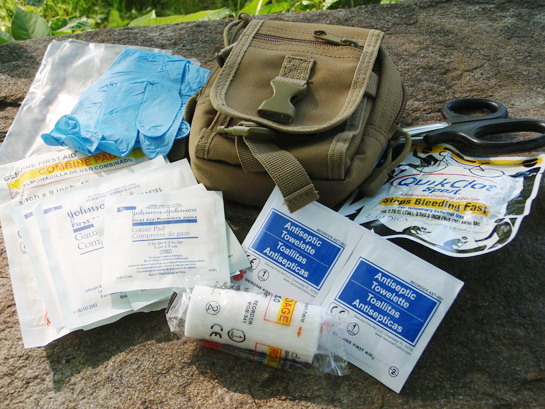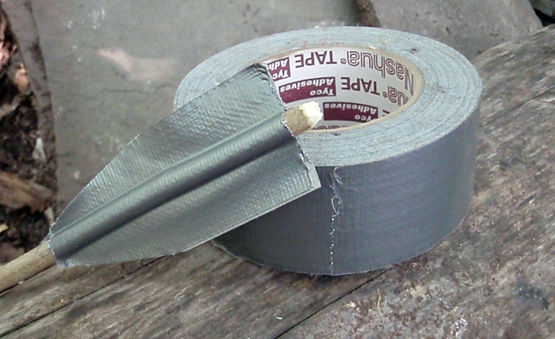Many outdoor activities often take place during the peak of summer. And as families go camping, hiking, fishing, and living-it-up in the outdoors, their risk of entering a survival situation goes up as well. As a caring and responsible parent, it’s your job to prepare the kids as best you can, in case they get lost or get stuck out overnight. Here are five things your kids should know to do if they get into trouble outdoors this summer.
1. Stay Put
My top recommendation for kids in a wilderness emergency is that they stay put. This may run counter to their instincts of running around and looking for help, but it’s important to ingrain this survival strategy until you’re sure they’ll do it. One trick (especially useful for younger children) is to have them find a favorite tree, rock or other natural feature if they get lost. The children should give that thing a name, make friends with it, talk to it, and stay with this new “friend” until someone comes to help them. This encourages kids to stay in one spot (making it easier for searchers to find them), and it gives them an outlet to voice their fears and thoughts.
2. Insulate Clothing
Hypothermia is a major risk for any outdoors person, but especially for children. Their smaller size puts them at risk to cool off dangerously at night or if they get wet, even in the summertime. Teach your young outdoor adventurers to use insulation in their clothes if they start to feel cold. Have them actually do this for training purposes. Make the exercise fun by calling it a “scarecrow suit” or something else that they might be amused by. Have them tuck their pants into their socks and fill the pants with vegetation. Then tuck their shirt into their pants and fill the shirt. If they’re wearing little clothing, as kids tend to do in summer, let them know that they can at least fill the shirt, even if they’re wearing shorts. This will help to keep their torso warm at least.
3. Build Shelter
Shelter building can be a lot of fun for children, especially if you make it fun for them. Simple leaf huts and lean-tos are easy to build, and the kids can use it as a fort when you’re done. If you teach them to build the frame in a sturdy manner, and insulate the walls with thick vegetation, their shelter could certainly save their life. Make sure you show them that the natural shelter is a camouflaged shelter, so they need to mark it somehow for visibility. A strip of cloth or a bright bandana makes a great flag when hung on a pole over the hut.
4. Find Safe Water
Rain can be the safest source of water for kids in an emergency. But they also need to know how to boil water from a stream or creek. In the event that they cannot get a fire going, or find a container to boil with, teach them to find smaller, cleaner streams to drink from directly in a dire emergency. This water may have pathogens that might make them sick, but it’s better to be alive and ill than dead from dehydration. Doctors can treat most causes of dysentery, but they can’t fix dead.
5. Signal For Help
This is their ticket to get home. Have each child carry a whistle on a necklace in the outdoors, and do some signal drills to teach them how to use it. Let the kids blow the whistle three times, as loud and long as they can (they usually enjoy this in training). Then repeat the procedure a couple times an hour. If they hear a noise (calls or other whistle blasts), then repeatedly blow three blasts until they make contact. This can be done as a version of hide and seek — you can train your kids and have some fun. One child can go off several hundred yards and hide, pretending to be lost. The rest of the family can be the searchers who can only move during the three whistle blast period. The searchers can call back to the lost kid with two whistle blasts and try to get them to respond to the searchers.
What do you teach your kids about survival? Let us know your family plans by leaving a comment.
